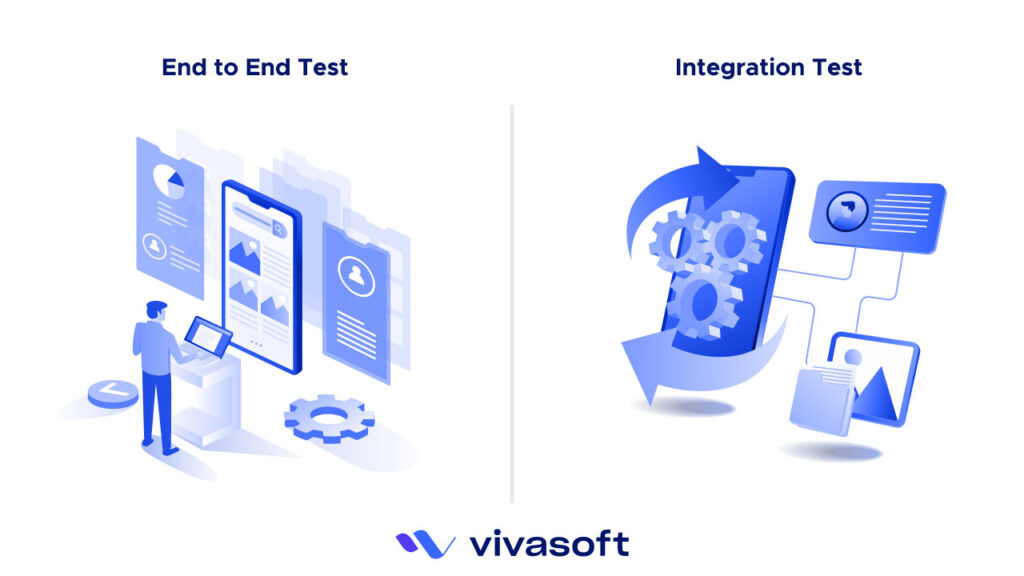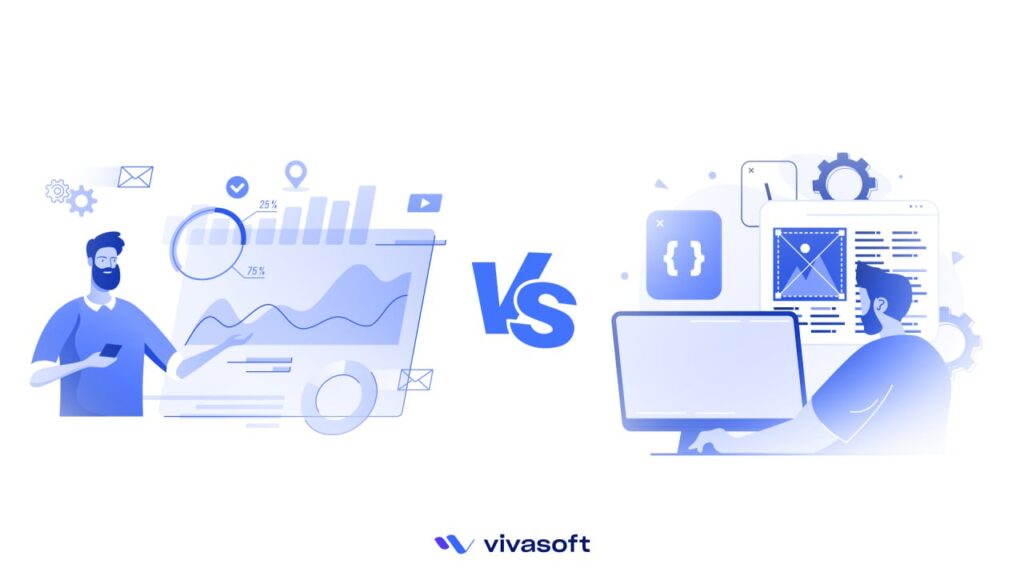Comprehensive Analysis of Advantages and Disadvantages in DevOps
Looking for a complete guide to the advantages and disadvantages of DevOps? You’re in the right place.
Some of the advantages of DevOps include improved collaboration, increased efficiency, and higher scalability. Additionally, some cons include security and cost concerns, and toolchain complexity.
To fully weigh out these options, we first need to dissect what constitutes of DevOps, and what its principles are. This complete guide to the advantages and disadvantages of DevOps will answer all your burning questions.
Advantages of DevOps
Now that we’ve covered the principles of DevOps, let’s dissect the pros and cons of DevOps.
Improved Collaboration
- Cross-functional teams help streamline the entire process. The development and operational teams function as a single unit.
- Enhanced communication between the teams is made easier due to collaboration and communication. Information sharing becomes simple.
Faster Delivery
- Continuous integration and continuous delivery mean that most tedious processes are automated. This helps in testing the codes early on.
- Rapid deployment of software occurs because teams have streamlined and automated multiple processes.
Increased Efficiency
- Automation of repetitive tasks such as updates and error detection means software developers can focus on more crucial parts like developing new codes.
- Resource optimization occurs because the silos between departments are broken, effectively merging teams into one.
Quality Assurance
- Continuous testing of software is made possible since error detection is completely automated.
- Early bug detection occurs in DevOps due to continuous delivery, continuous improvement, and continuous development.
Scalability and Flexibility
- Handling increased workload is made possible due to the merging of teams. Scalability is made easier.
- Adapting to changing requirements is a key feature of DevOps. Since codes are frequently being updated and tested, any additional requirement is easy to adapt to.
Enhanced Customer Satisfaction
- Rapid feature delivery is made possible. Bug fixes are quicker, short releases occur faster, and errors are spotted easily.
- Quick response to feedback happens in DevOps. Since there’s a breakdown of Silos, testing, operations, and developments are made quicker.
Innovation
- Experimentation and creativity are enhanced when software developers get the chance to focus more on creating innovative solutions for problems.
- A culture of continuous improvement is encouraged when much of the process is automated, hence problems can be detected quickly.
Resource Optimization
- Efficient infrastructure utilization occurs when there’s efficient deployment of teams.
- Reduced operational costs take place when manual tasks are automated due to DevOps.
Global Collaboration
- Working with distributed teams helps with better software development. A breaking down of silos contributes to higher market responsiveness.
- Outsourcing opportunities also increase. There’s an increased chance of collaboration with global experts. Companies like Vivasoft specialize in outsourcing, augmentation, and other such IT-related services.
Disadvantages of DevOps
Even though DevOps has many advantages, there are also some disadvantages. Let’s discuss the cons of DevOps in this section.
Initial Implementation Challenges
- Cultural resistance occurs if the team isn’t used to functioning as a single unit.
- Toolchain complexity.
Security Concerns
- Vulnerabilities and breaches can occur since the security team still works in silos.
- Access control and permissions are assigned to particular people, denying others the same rights.
Cost Considerations
- Investments in tools and training required for complexities can be expensive.
- Ongoing maintenance expenses have to be considered.
Continuous Monitoring and Maintenance
- DevOps is resource and time-intensive since a lot of people and money goes into this.
- Dependency on automation can be harmful.
Toolchain Complexity
- The learning curve is high due to new skills being acquired.
- Integration challenges can occur due to multiple teams being merged into one.
Access Control and Permissions
- Implementing Role-Based Access Control (RBAC) is often not applied, hence access isn’t specified.
- Periodic permission audits aren’t implemented, lacking deep checks of who has permission.
Strategies for Overcoming the Disadvantages of DevOps
Cultural Transformation
Promoting a DevOps culture through leadership support can result in a cultural transformation. A top-down approach is needed through which DevOps practices can be slowly integrated into the work culture.
Initial Implementation
The implementation can happen in stages. First, pilot projects can be done in a DevOps style, and then education and training programs can be put in place. This helps teams to stay calm with a sudden shift in work culture.
Security Measures
A way to circumvent the issue of security measures by introducing more regular audits for deep checking. Additionally, rather than the security team working in silos, they can be integrated from the start.
Cost Management
Costs can be managed through resource optimization. Automation and team integration can help reduce costs. A quick cost-benefit analysis will show that DevOps leads to faster software turnout in the long term, minimizing the harms of high short-term costs.
Continuous Monitoring and Maintenance
Since manual tasks will be automated, continuous monitoring and maintenance become easily manageable. With the addition of regular process reviews, maintenance, and monitoring become much easier.
Toolchain Simplification
The software delivery toolchain can be simplified with careful tool selection and extremely comprehensive documentation of the toolchain.
Access Control
Access control can be improved by implementing RBACs (role-based access control), to monitor who gets access to what. Additionally, periodic permission audits can help improve security as well.
What is DevOps?
DevOps is a software development methodology that helps to build better software at a much quicker pace. It combines software development (dev) and operations (ops) to improve and shorten the systems development life cycle.
DevOps helps to create faster and better software, making the end to end software development agile, efficient, and better.
Key Principles of DevOps
1. Continuous Integration
Continuous integration involves combining all changes to a code to a central repository. Some CI principles are revision control, build automation and automated testing.
2. Continuous Delivery
Continuous delivery is a DevOps process that automates the process to speed up the creation of new code. It helps to release code updates quickly and more often. This helps developers include API reliability, UI, load, and integration testing.
3. Automation
It’s essential to automate a huge chunk of the software development process. Additionally, automation helps reduce the frequency of human errors. It also accelerates software development significantly.
4. Collaboration and Communication
Both the development and operations teams combine into a single functional unit, that can communicate fully with each other. This additional attachment results in better work commitments and better results.
Final Thoughts
There are some disadvantages to DevOps such as initial implementation challenges and toolchain complexity, but they can be easily circumvented. Companies need to have careful planning and management.
Through a steady cultural transformation, implementing pilot projects, and changing access control, the benefits of DevOps can be reaped by IT companies.
DevOps leads to faster delivery, quality assurance, and increased scalability. For companies looking to evolve and grow at a fast pace, there’s no solution as effective as DevOps.

















